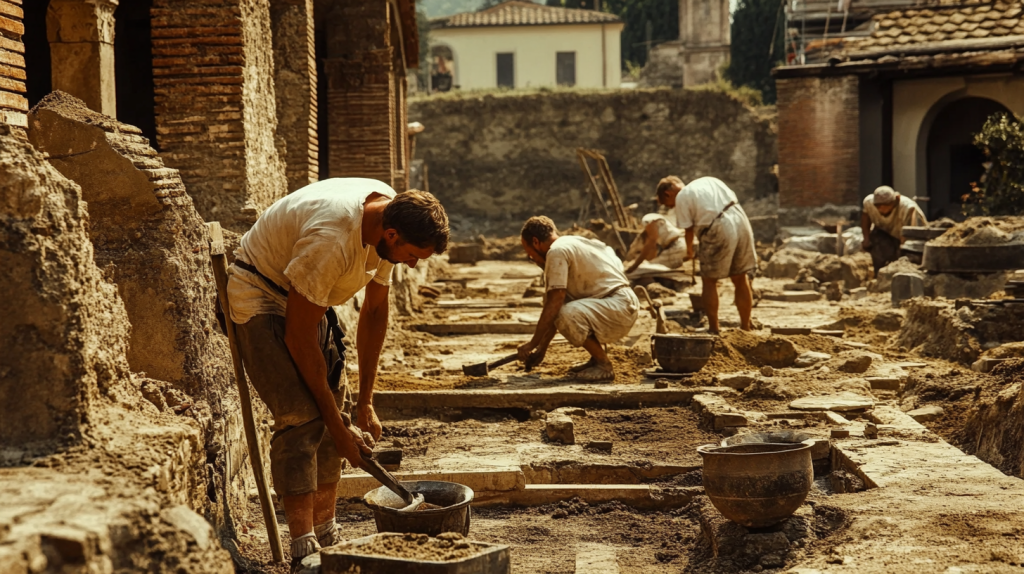Ancient civilizations built remarkable structures, made scientific advances, and developed tools that still influence us today, even if some of them are mostly forgotten. These tools helped early people farm, fight, communicate, and survive in ways that laid the foundation for modern life. Although we may not use them now, each of these inventions represents a critical piece of history. Some were simple yet ingenious, while others were advanced beyond their time. Here’s a look at 15 incredible ancient tools that shaped human history in ways we might not realize.
1. The Antikythera Mechanism: The First Analog Computer
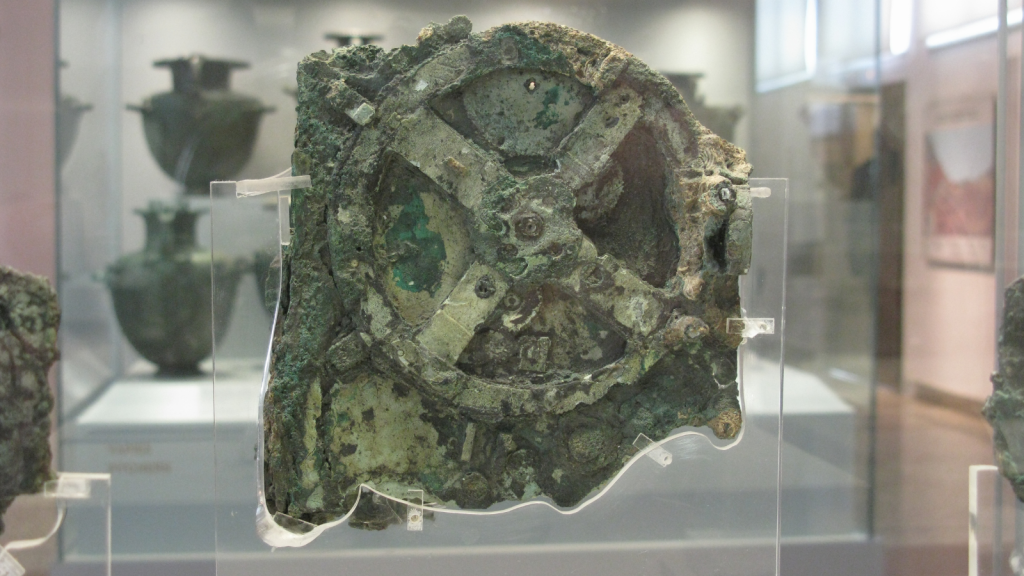
The Antikythera Mechanism, discovered in a shipwreck off the coast of Greece, dates back to around 100 BCE and is often called the world’s first analog computer. This complex gear-driven device helped ancient Greeks predict astronomical events like eclipses and moon phases. Its advanced design baffles modern scientists and shows that ancient engineers understood principles of mechanics far earlier than previously thought.
2. Roman Concrete: Stronger Than Modern Cement
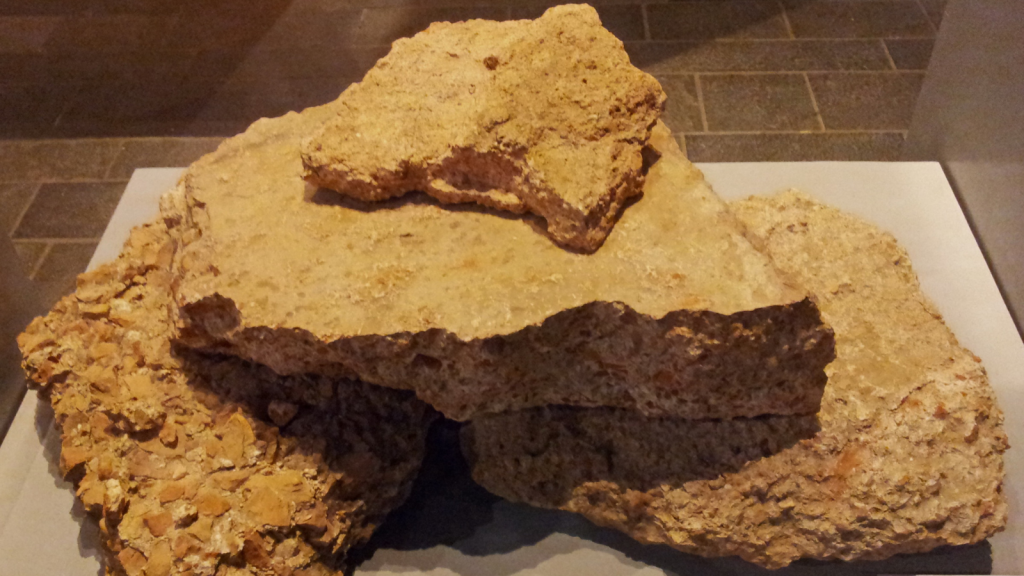
Roman concrete, or opus caementicium, allowed Romans to build structures that have lasted for millennia. Unlike modern concrete, it incorporated volcanic ash, which made it resistant to water and allowed it to strengthen over time. Structures like the Pantheon and aqueducts still stand today, showcasing the durability of this ancient building material.
3. The Shadoof: Early Irrigation Technology
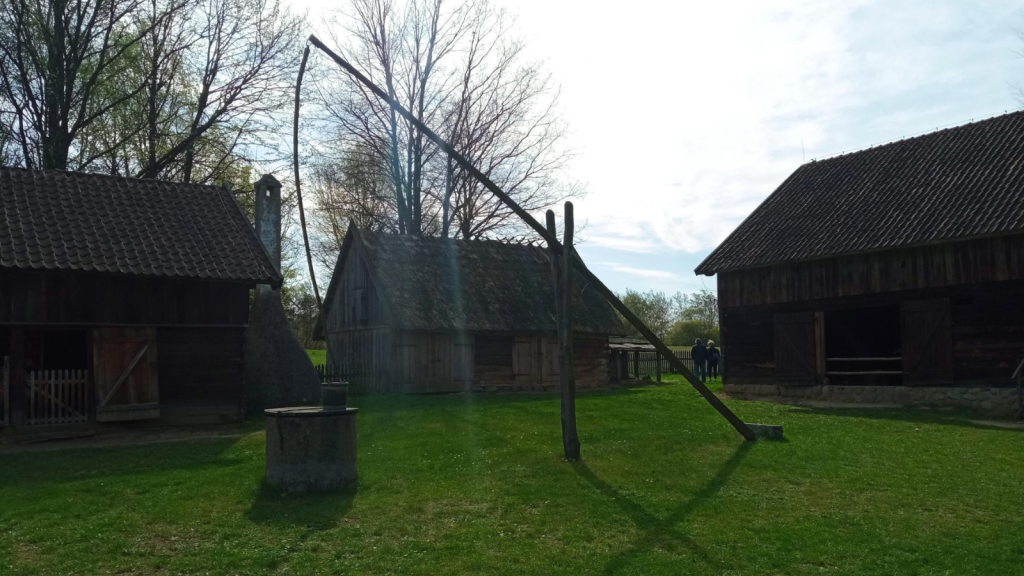
The shadoof, an ancient Egyptian tool, is a hand-operated device for lifting water. It consists of a long pole with a bucket on one end and a counterweight on the other. This simple yet effective invention allowed farmers to irrigate their fields, transforming arid regions into fertile land and supporting the growth of early Egyptian civilization.
4. The Archimedes Screw: Moving Water with Ease
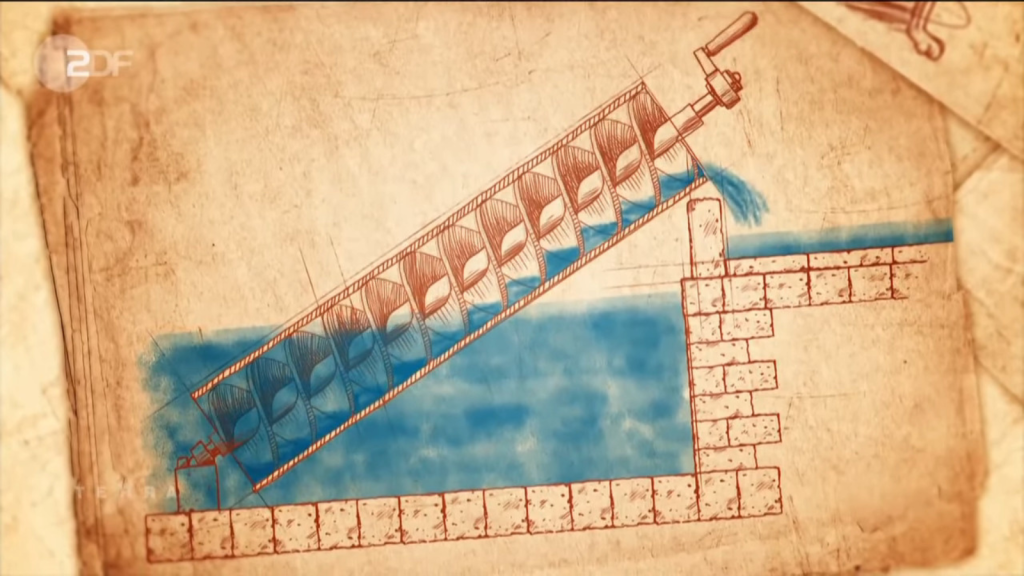
Invented by Archimedes in ancient Greece, this screw-like device efficiently moved water from low to high ground, revolutionizing irrigation. Consisting of a spiral inside a hollow cylinder, it could transport water with minimal effort and is still used in some areas today. Its design influenced many other forms of pumps and hydraulic tools.
5. The Plumb Bob: Precision in Ancient Construction
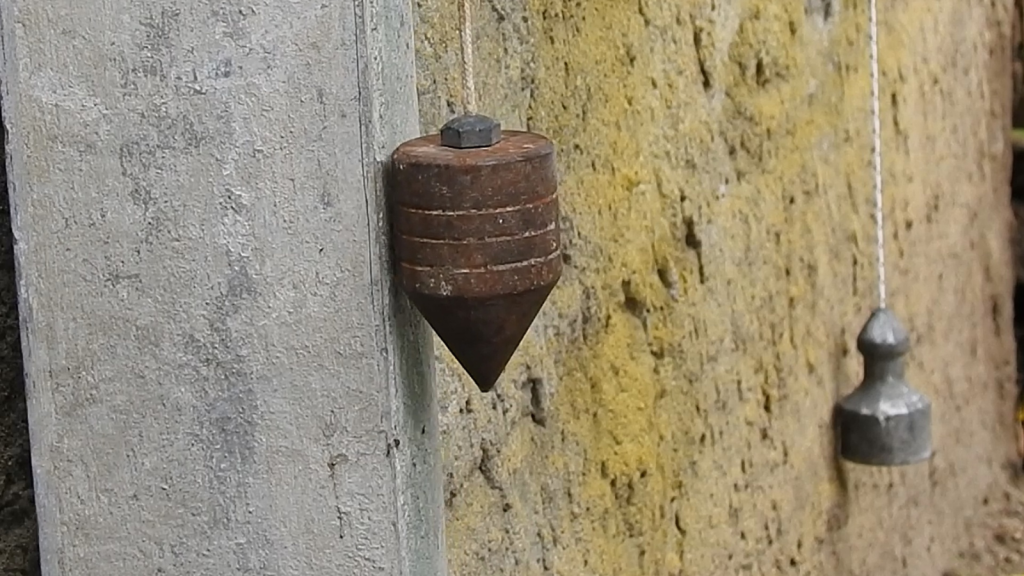
The plumb bob, a weight attached to a string, was used by ancient builders to determine vertical alignment. This tool allowed for precise measurements and helped early civilizations construct perfectly aligned structures like the pyramids. Even now, plumb bobs are used in construction for their simple accuracy.
6. Obsidian Blades: Sharper Than Modern Steel
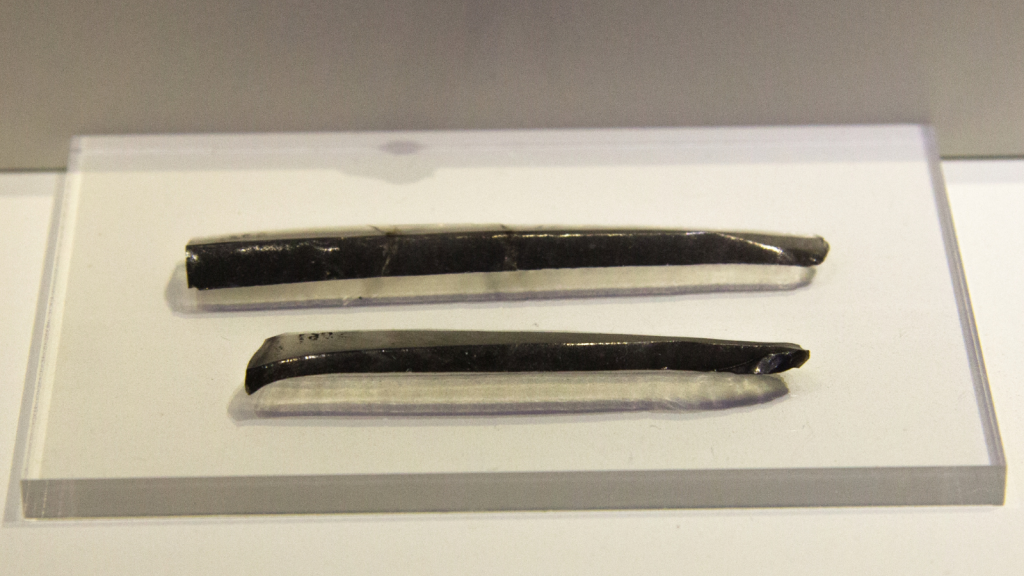
Obsidian, a volcanic glass, was used by early civilizations to craft blades for hunting and surgery. Despite being ancient, obsidian blades are sharper than most modern steel and can be crafted with an edge only a few atoms thick. Archaeologists have found obsidian tools in places as far apart as Mesoamerica and the Middle East.
7. The Clovis Point: A Breakthrough in Stone Tool Design
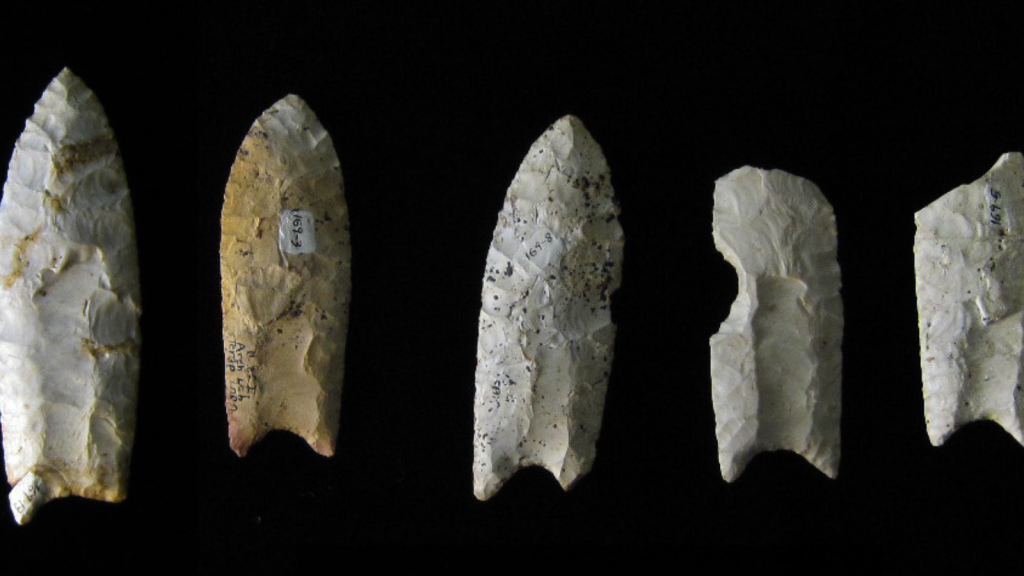
The Clovis point, named after a site in New Mexico, is a finely crafted projectile point used by early Native Americans. Its unique fluted design allowed it to attach securely to spears, making it highly effective for hunting large animals. The Clovis point represented a leap forward in tool-making techniques across prehistoric North America.
8. The Quipu: An Ancient Andean Data System
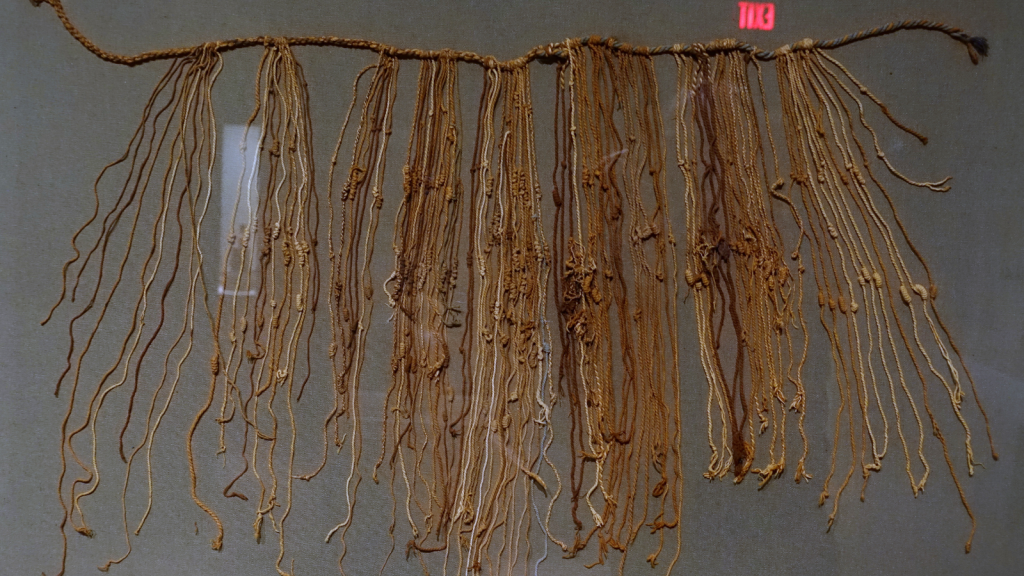
The quipu was a tool used by the Inca to keep records and communicate information. Made from strings and knots, it allowed the Inca to track data on everything from crop storage to census records. Though no one has fully deciphered its code, the quipu stands as an impressive form of non-written communication.
9. The Hand-Axe: Humanity’s Oldest Tool
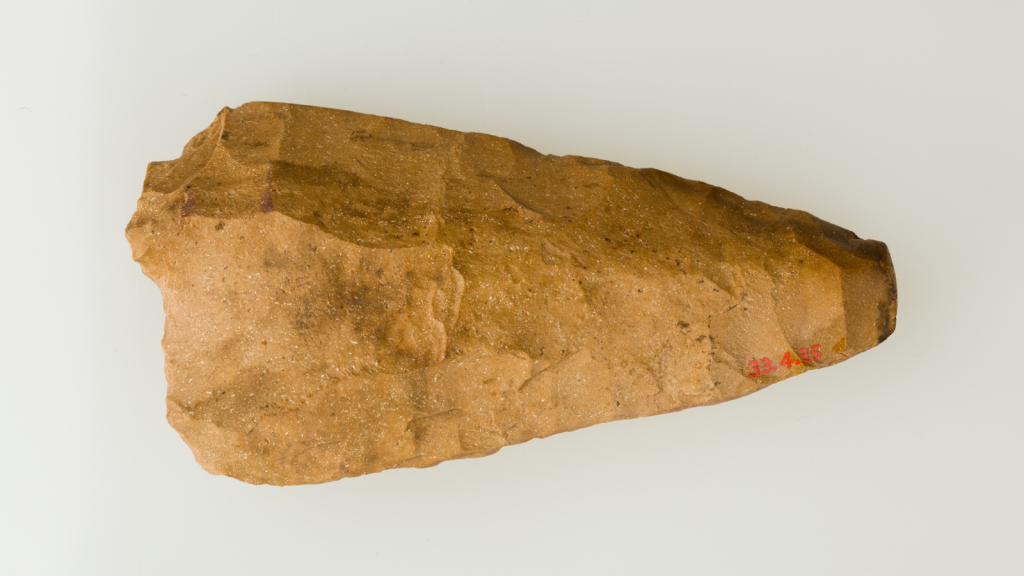
The hand-axe, a basic stone tool, was used by early humans for over a million years. Its simplicity and durability made it ideal for chopping wood, butchering animals, and other daily tasks. Archaeologists have found hand-axes worldwide, showing how essential this tool was to early human survival.
10. The Whetstone: Mastering Sharpness in the Iron Age
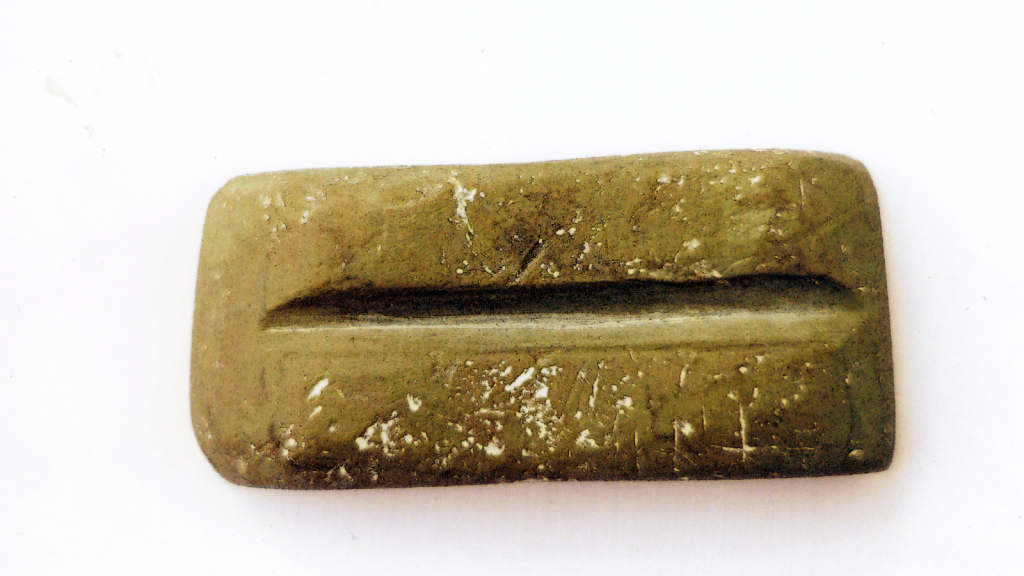
Whetstones were used to sharpen metal tools and weapons, especially after the advent of iron. These stones made it possible to maintain sharp edges, enhancing the effectiveness of everything from farming tools to swords. Whetstones were highly valued in ancient times and are still essential for keeping blades sharp today.
11. Fire Drills: Sparking Civilization
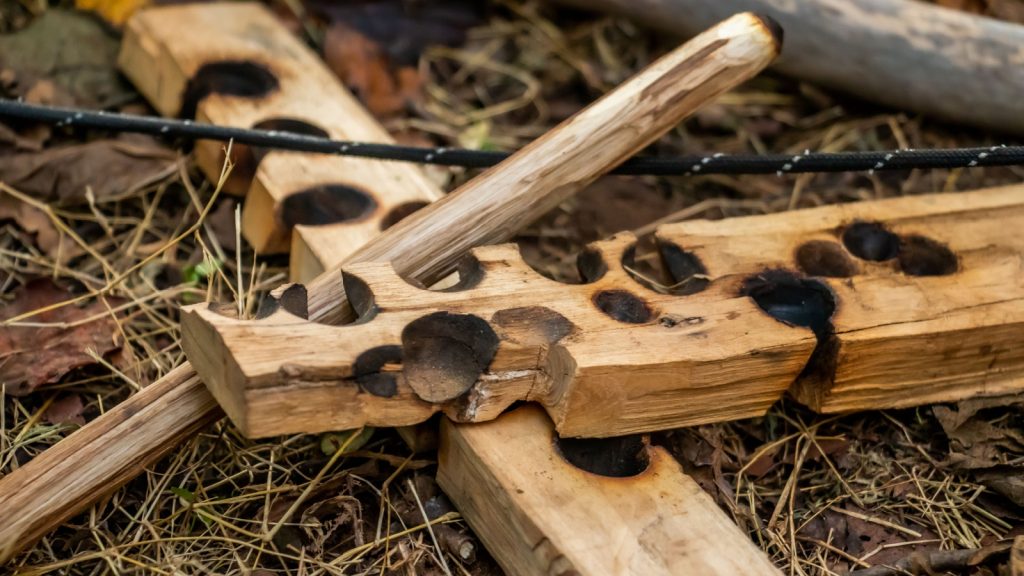
Fire drills, one of humanity’s earliest fire-starting tools, allowed ancient people to produce fire on demand. By rotating a stick against a wooden board, early humans generated enough friction to ignite small embers. This tool was critical for cooking, warmth, and protection, making it a key component of early civilization.
12. Roman Tongs: Shaping Metal with Precision
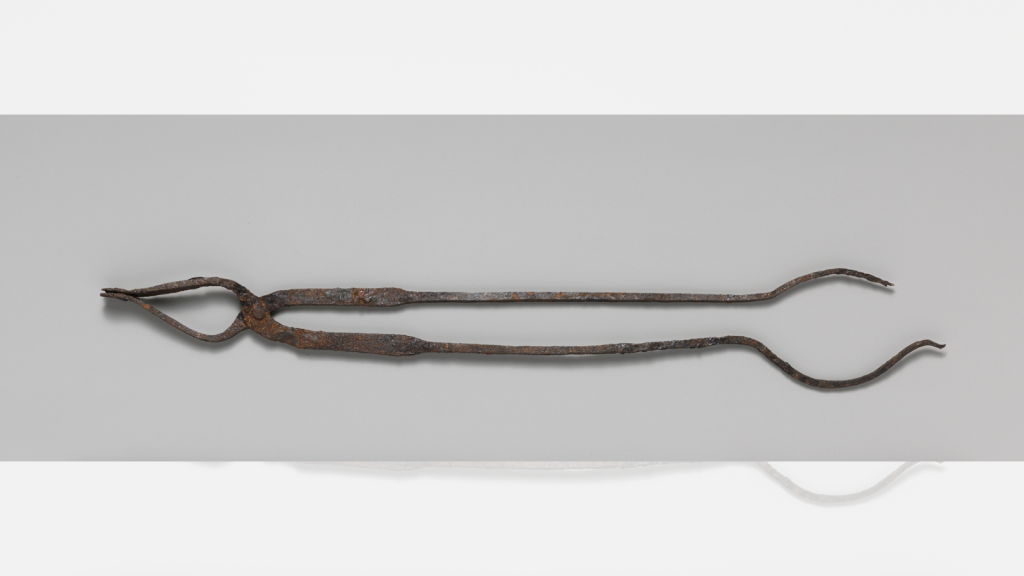
Roman tongs, designed for handling hot metal, were essential to ancient blacksmithing. Made of iron, these tongs enabled precise metalwork, which was crucial for building weapons, tools, and even household items. The basic design of these tongs is still in use today, showing the practicality of ancient Roman metalworking.
13. The Crossbow: A Revolutionary Weapon
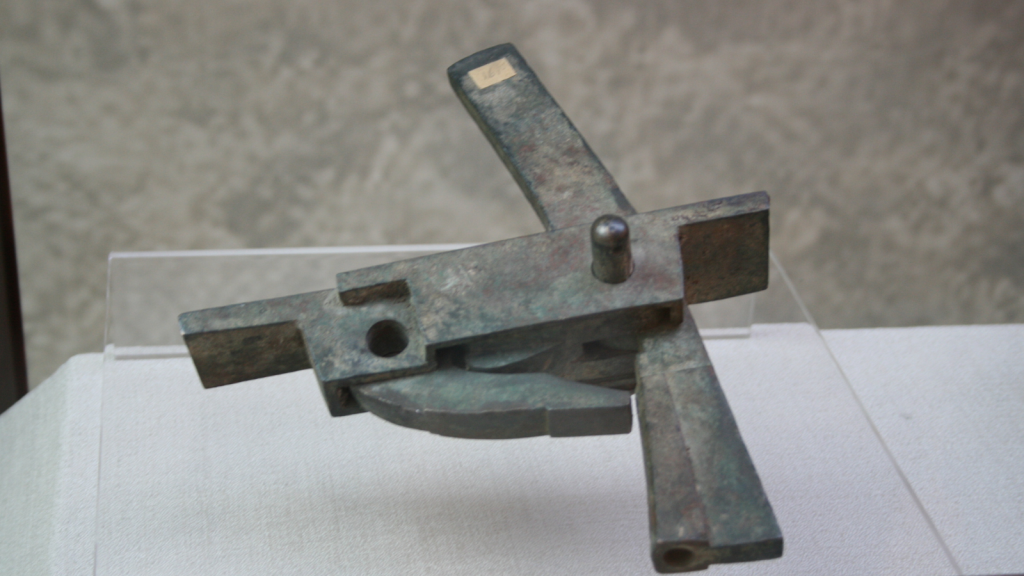
While often associated with medieval times, the crossbow originated in ancient China. This weapon allowed soldiers to launch arrows with far more power and accuracy than traditional bows. It leveled the playing field in warfare, giving infantry soldiers a significant advantage in battle.
14. Egyptian Flint Sickles: Harvesting with Efficiency
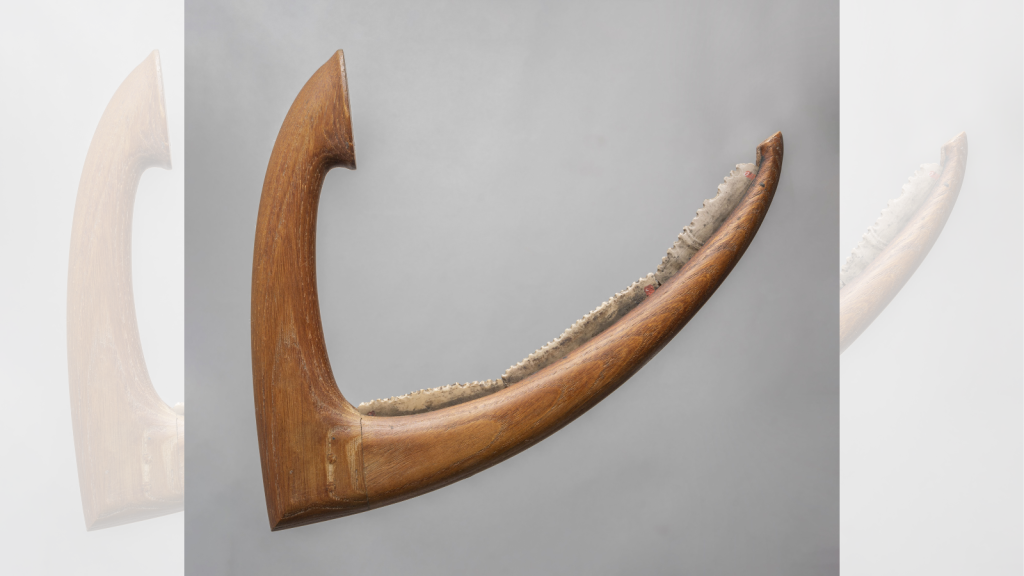
Egyptian farmers used flint sickles as early as 3000 BCE to harvest crops more efficiently. The sickle’s curved blade made cutting through grain easier, helping to support the agricultural foundation of Egyptian society. This early harvesting tool paved the way for more advanced farming equipment.
15. The Level: Ensuring Even Structures
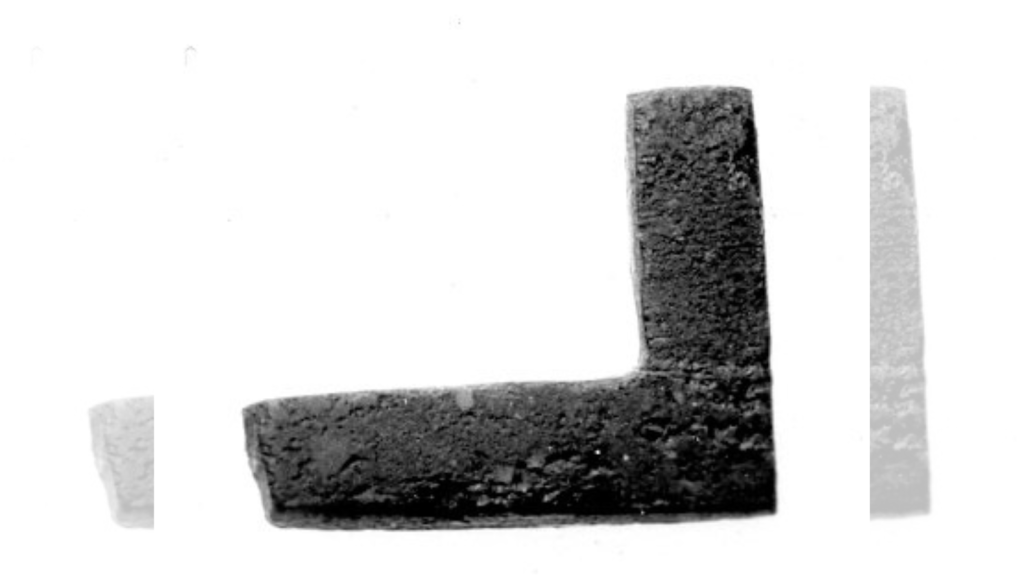
The ancient level, likely used in early Mesopotamia, was a tool for measuring horizontal alignment. This tool ensured that buildings and structures were evenly constructed, preventing them from collapsing over time. The level remains a foundational tool in construction to this day, a testament to its value in architecture.
Ellen has been obsessed with logic puzzles, jigsaws, and cryptograms since she was a kid. After learning she was taught how to play chess wrong by a family friend (so they could win), she joined her school chess club and the rest is history.
